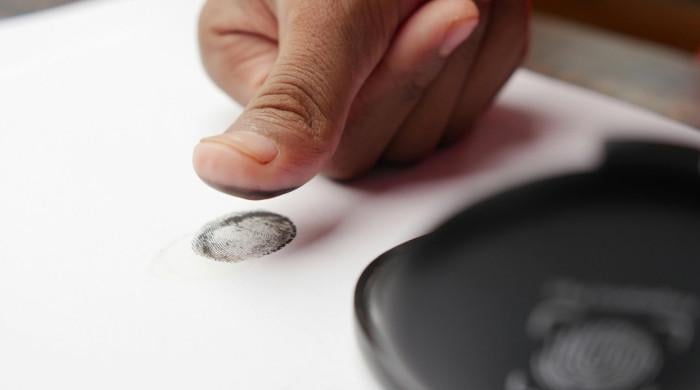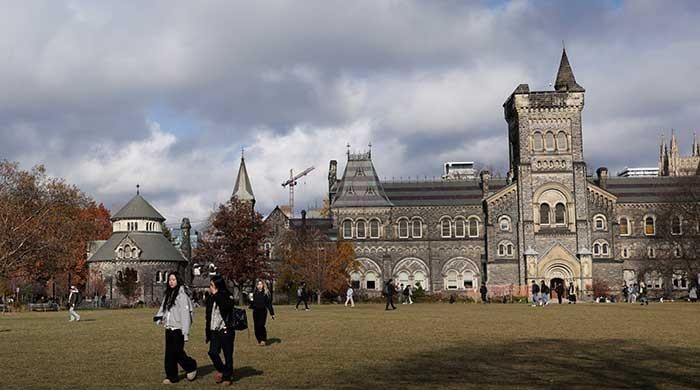JWST cuts through cosmic dust to catch stellar glimpses of far-off galaxy
JWST website notes that galaxy is located in Virgo constellation, and latest images show it "as never before"
June 06, 2023
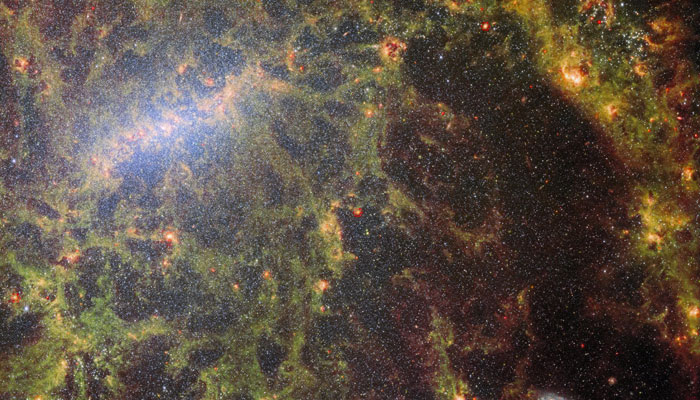
James Webb Space Telescope (JWST) Friday brought home an array of crystal-quality images of a galaxy, 17 million light-years away, after cutting through thick clouds of cosmic dust, which astronomers have termed as gems of photo data.
US space agency Nasa said that the "delicate tracery of dust and bright star clusters" are found in NGC 5068, a spiral galaxy about 17 million light-years from Earth.
The images are some parts of an "astronomical treasure trove focused on collecting star formation observations.”
JWST website noted that the galaxy is located in the Virgo constellation, and the latest images show it "as never before."
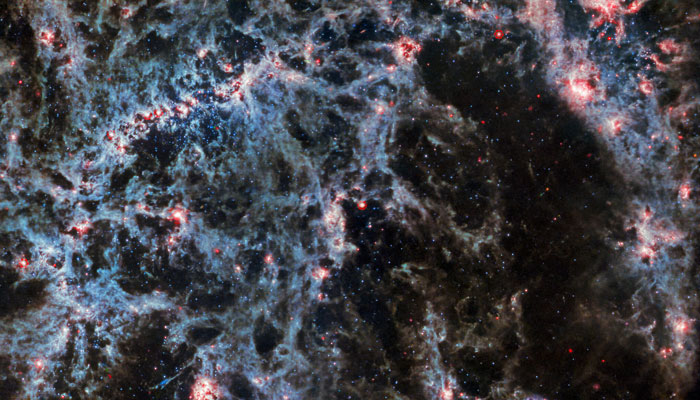
European Space Agency (ESA) stated that one image shows what looks like a glowing white bar, marking the core of the galaxy.
"Thousands upon thousands of tiny stars that make it up can be seen, most dense in a whitish bar that forms its core," an ESA description of the picture read.
"Clumps and filaments of dust form an almost skeletal structure that follows the twist of the galaxy and its spiral arm. Large, glowing bubbles of red gas are hidden in the dust."
Another image captured by the telescope's MIRI instrument shows the galaxy with three asteroid trails seen by "tiny blue-green-red dots."
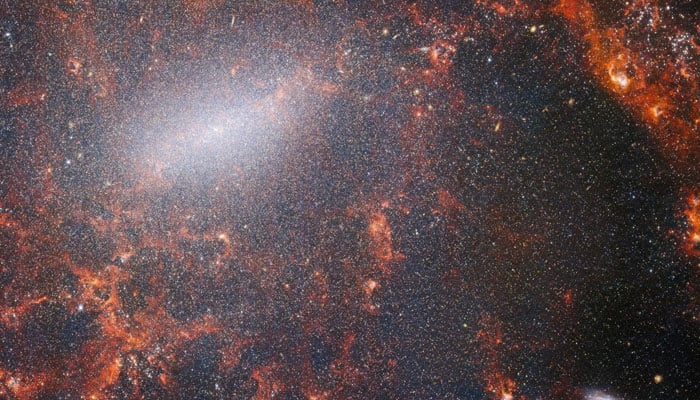
According to Nasa, "those asteroid tails didn't actually fly through the galaxy. They only appeared because they are much closer to the telescope than the distant target."
"As Webb captures several images of the astronomical object, the asteroid moves, so it shows up in a slightly different place in each frame," said ESA.
These galactic portraits are part of a mission to "create an astronomical treasure trove a repository of observations of star formation in nearby galaxies," the European agency said.
Nasa also noted that before “James Webb Telescope, seeing past the gas and dust that surround newborn stars wasn't possible. But with the telescope's unique instruments, astronomers could see right through the gargantuan clouds of dust in NGC 5068 and captured the processes of star formation as they happened."








